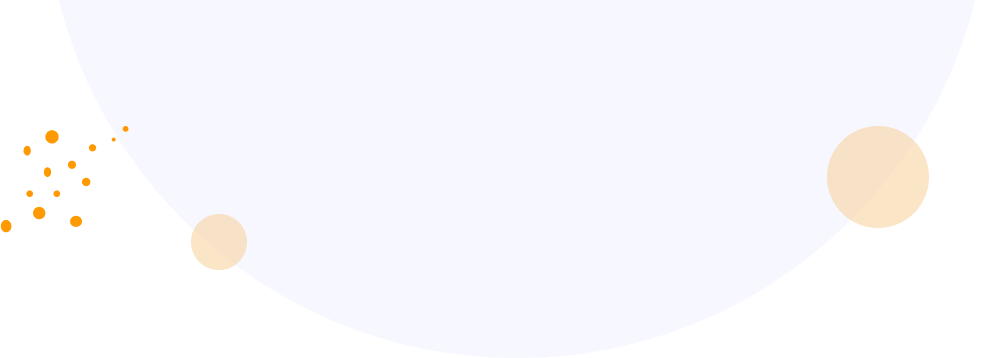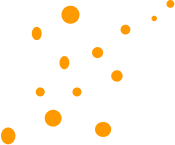Data science, one of the basic subjects of computer science helps to develop your thinking process in coding terms. The data structure is used for data storing, processing, and retrieving. Getting insight into different data structures gives you an edge in your site or app-building process.
Learning data structure increases the chances of getting a good job as demand for it is on the rise. It becomes easy to stay ahead of your competitors as learning this core subject of computer science gives you thorough knowledge. Gathering knowledge about data structure and the fundamentals of algorithms can make your job-finding journey easier.
However, to get data structure from proficient and expert trainers, apply for our Summer training in Data Structure now. We provide the best data science courses covering all its crucial aspects so you can get a good grip on it. Our course modules cover an introduction to data science and algorithms, linked lists, queues and stacks, binary trees, recursion, heap, sorting, etc. We have the best experts on our board who help the students to get the deepest insight into the data structure. So, if you want to Data Structure in Kolkata from a trusted institute, contact Euphoria GenX without any more thinking.




































